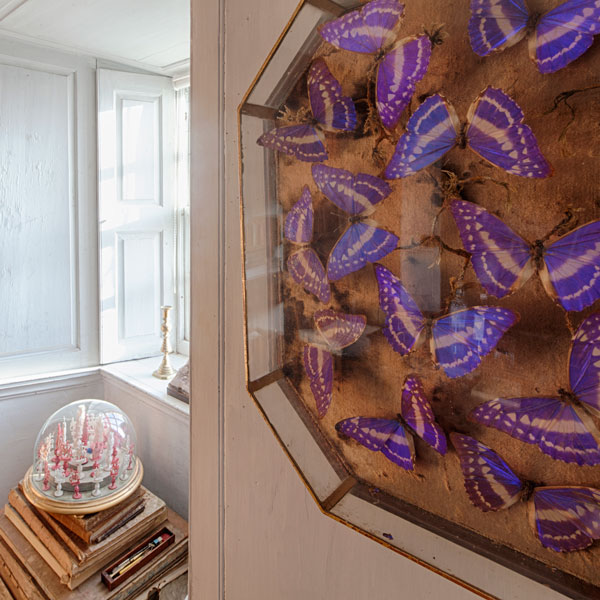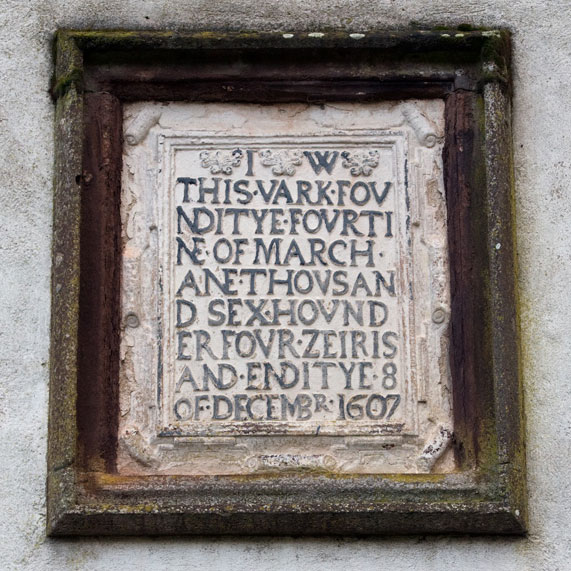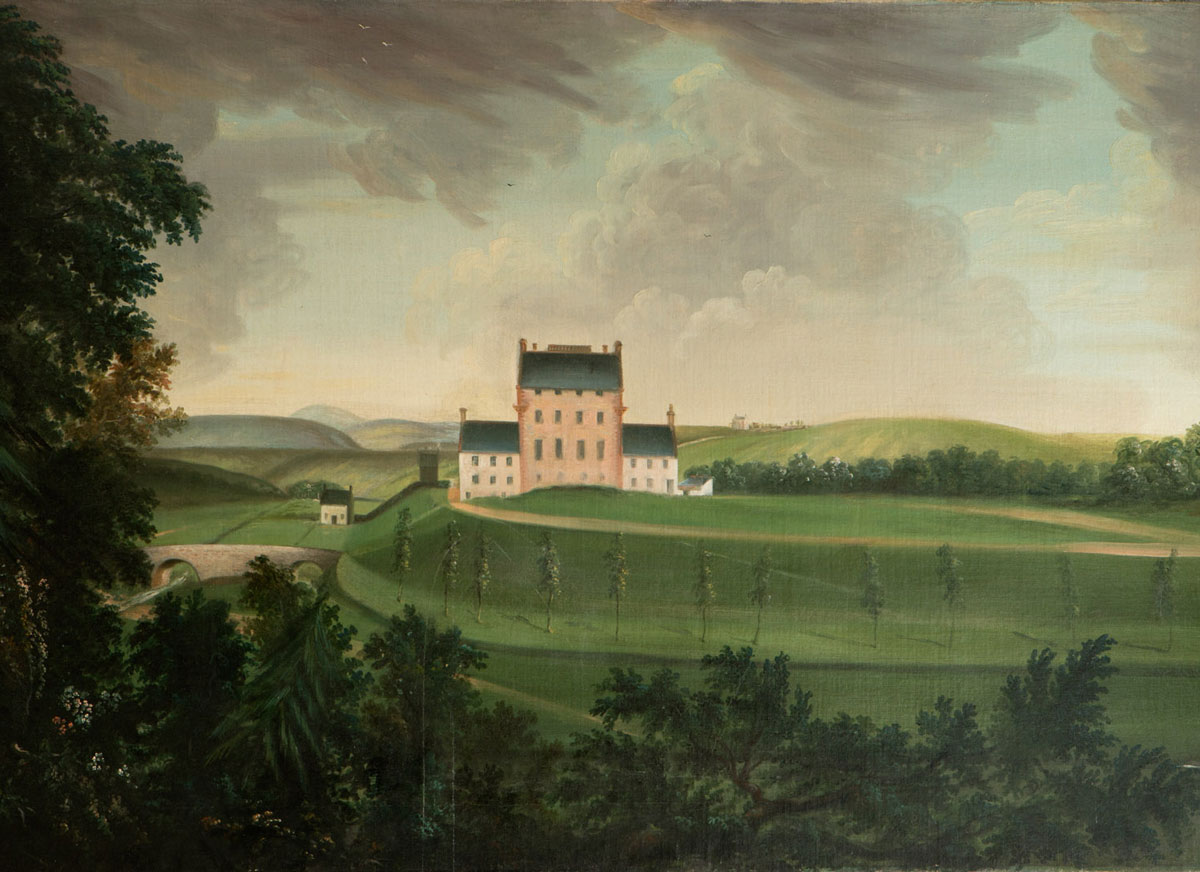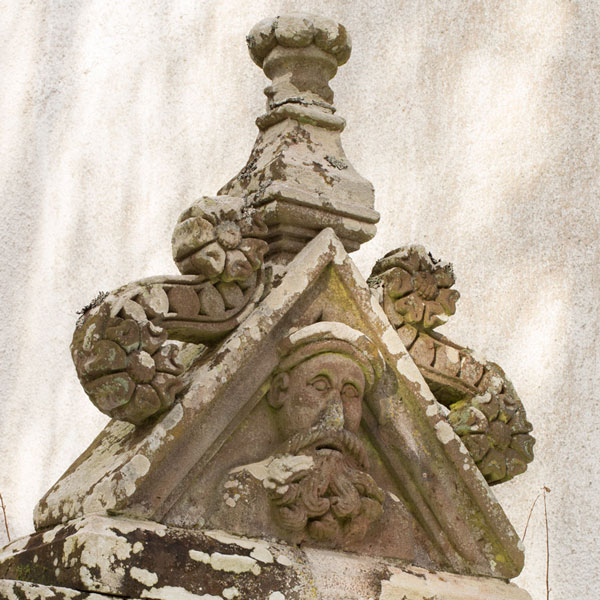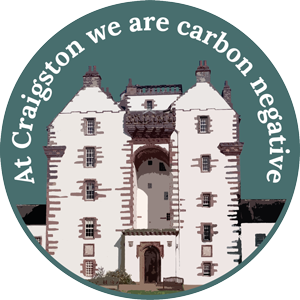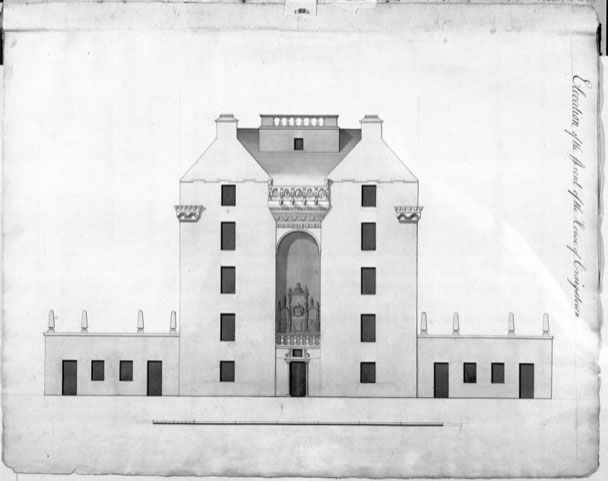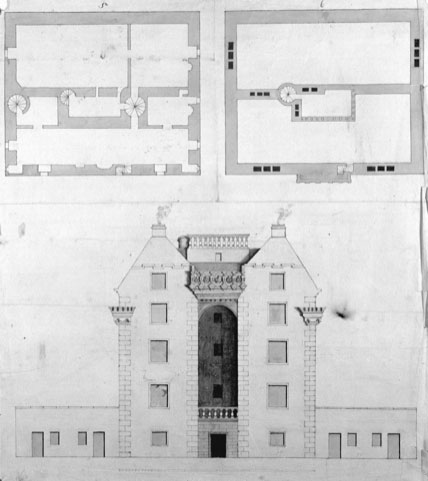History
Craigston Castle is thought to belong to the Bell Group of Scottish castles, forming “perhaps Scotland’s finest and the most distinctive contribution to western architecture” (H. Gordon Slade).
The Urquhart family is one of the oldest in Scotland and can be traced back to Adam Urquhart the sheriff of Cromarty in 1357. However, according to the great Sir Thomas Urquhart (1611-1660) translator of Rabelais, the family can even be traced back to Adam and Eve through remarkable ancestors including Esormon Ourochartos (Prince of Achaia who married Narfesid, Sovereign of the Amazons) and Bithiah, the Pharaoh's daughter who found Moses in the bulrushes. These fantastic claims are symptomatic of the family’s fondness for the romantic and the strange.
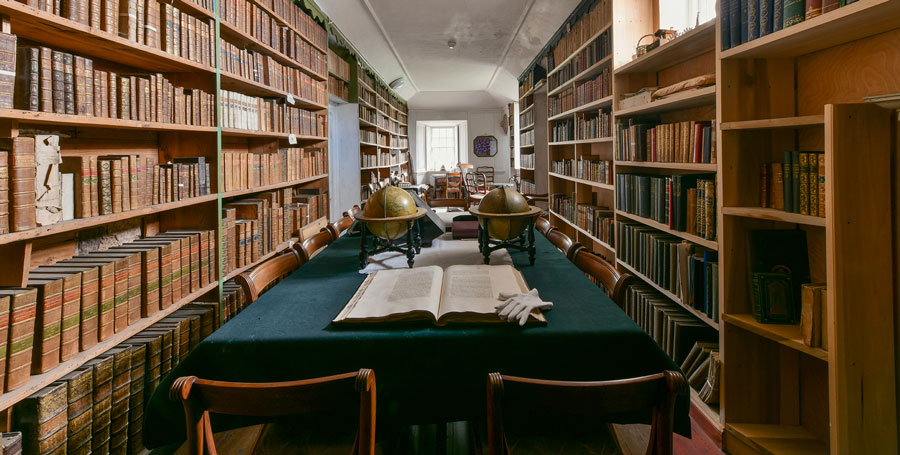
Image: ©copyright 2023, hastoncreative.com
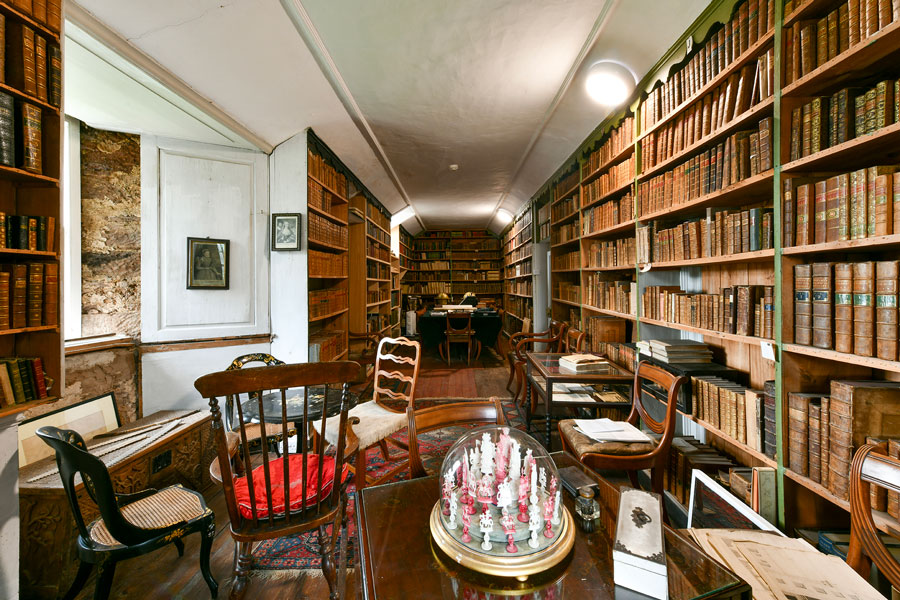
Image: ©copyright 2023, hastoncreative.com
Delve into centuries of history in one of Craigston's two libraries – one with volumes from the 17th and 19th centuries, and one with original and often-signed works from the 20th and 21st centuries.
John Urquhart of Craigfintry, known as the Tutor of Cromarty, built the castle between 1604 - 1607. He took a long time to select the best place for the castle that was to be his legacy, and, unusually for the time, had a marked influence on the final project. The exposed Turriff sandstone emphasizes squareness and strength. Two main wings flanking the entrance and connected by an elevated arch, are surmounted by a richly Gothic inspired corbelled parapet, regarded by many as one of the finest examples in Scotland. There are bases for corner turrets near the top corner of each wing, but the turrets themselves were never completed.
Captain John Urquhart (b.1696) bought back the Castle after it had been sold 15 years previously to pay off debts. He had the means to do this due to his career in privateering, at the time a perfectly respectable way of living, and was therefore in the family known as the Pirate. In 1733 he commissioned William Adam, the foremost architect of the time, to prepare a lay-out of grounds and design the wings that were added in 1733-4.
In 1838 John Smith (the architect of Balmoral) designed the new entrance doorway. Smith also designed a two storey addition, but this was not carried out.
John Craig and Craigston – The Earlier Connection
Before Craigston Castle was built by the Urquhart family in the early 1600s, the land was held by the Craigs of Craigfintry — a local Aberdeenshire gentry family. Among them was John Craig (c.1512–1600), the noted Scottish reformer. John’s father, known as “Craig of Craigfintry,” was killed at the Battle of Flodden in 1513, and the estate later passed through the Craig family before eventually being sold. By 1604, John Urquhart, the Tutor of Cromarty, acquired the property and built the castle we see today.
There is no direct bloodline link between John Craig and the Urquharts. The connection is geographical and historical: Craigston Castle was constructed on the lands once held by the Craigs.
Read the full account of John Craig and Craigston’s early history >
